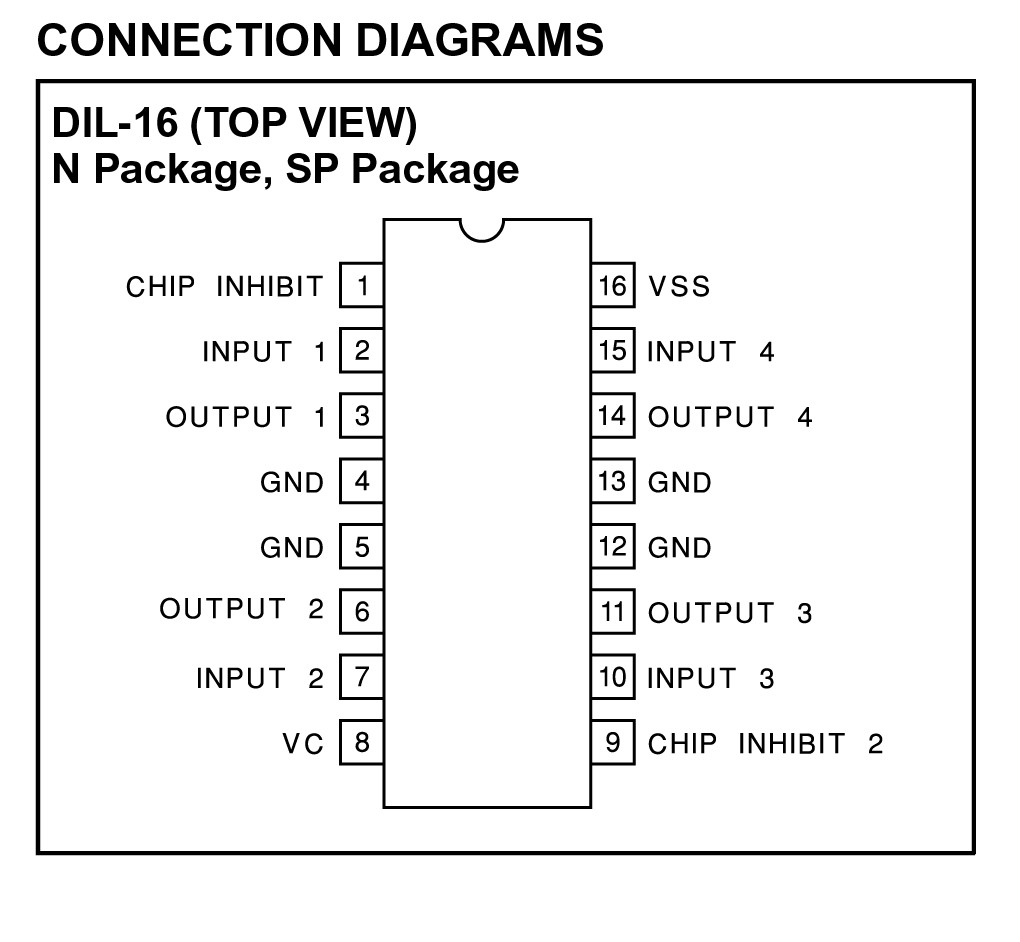Summary of L293 Motor Driver and H-Bridges
The article discusses controlling DC motors bidirectionally using H-bridge drivers, emphasizing the popular L293 integrated circuit. The L293 is suitable for low-current motors (up to 600 mA), with the L293D variant including built-in flyback diodes for protection. It can control two motors simultaneously and requires three Arduino pins per motor. For higher currents, custom-built H-bridges with BJTs or FETs are more cost-effective. Alternatives like the TI SN754410NE offer improved specifications. Tutorials on using Arduino with L293 and detailed guides on building inexpensive H-bridges and PWM control are referenced.
Parts used in the L293 Motor Driver Project:
- L293 or L293D motor driver IC
- Arduino microcontroller
- DC motor(s)
- Heat sinks (optional, for high current)
- Power supply (appropriate voltage and current for motor)
- Protective flyback diodes (built-in on L293D)
- Connecting wires
The most common method to drive DC motors in two directions under control of a computer is with an H-bridge motor driver. H-bridges can be built from scratch with bi-polar junction transistors (BJT) or with field effect transistors (FET), or can be purchased as an integrated unit in a single integrated circuit package such as the L293. The L293 is simplest and inexpensive for low current motors, For high current motors, it is less expensive to build your own H-bridge from scratch.
ITP Physical Computing has a terrific tutorial on using an Arduino and an L293 to control a bi-directional motor.
The Twin Cities Robotics Club has an *excellent* tutorial on H-bridges, and complete detail on how to build your own $5.00 H-bridge good for several amps. From the same source is a detailed tech note on PWM speed control of a motor using an H-bridge and a PIC microcontroller
The L293 is an integrated circuit motor driver that can be used for simultaneous, bi-directional control of two small motors. Small means small. The L293 is limited to 600 mA, but in reality can only handle much small currents unless you have done some serious heat sinking to keep the case temperature down. Unsure about whether the L293 will work with your motor? Hook up the circuit and run your motor while keeping your finger on the chip. If it gets too hot to touch, you can’t use it with your motor. (Note to ME2011 students: The L293 should be OK for your small motor but is not OK for your gear motor.)
The L293 comes in a standard 16-pin, dual-in line integrated circuit package. There is an L293 and an L293D part number. Pick the “D” version because it has built in flyback diodes to minimize inductive voltage spikes. The L293D can be purchased for somewhere between $2 and $3 (quantity one) from www.mouser.com (PN 511-L293D) or www.digikey.com (PN 296-9518-5-ND). For complete information, consult the Unitrode L293 data sheet (PDF file, 626Kb).
A more recent, improved specification, pin-for-pin compatible chip is recommended for new designs: the TI SN754410NE motor driver. Available from mouser.com, Mouser part number 595-SN754410NE, $1.88. Data sheet (PDF file, 172Kb).
The pinout for the L293 in the 16-pin package is shown below in top view. Pin 1 is at the top left when the notch in the package faces up. Note that the names for pin functions may be slightly different than what is shown in the following diagrams.
The following schematic shows how to connect the L293 to your motor and the Arduino. Each motor takes 3 Arduino pins. (See notes below for a two Arduino pin solution.) If you are only using one motor, leave L293 pins 9, 10, 11, 12, 13, 14, and 15 empty.
Assume you have only one motor connected with the enable tied to Arduino Pin 3, and the two direction controls tied to Arduino Pins 4 and 5.
For more detail: L293 Motor Driver and H-Bridges


